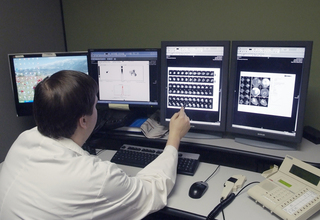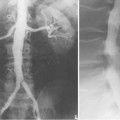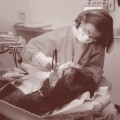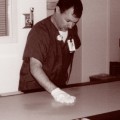CHAPTER 11 On completion of this chapter, you should be able to: • Interact with patients, peers, and professionals in a civil and considerate manner. • Explain what is meant by professional confidentiality. • Describe effective communication techniques. • Discuss the procedures for protecting patient modesty and self-esteem. • Explain how to project a professional image in attire and conduct. • Discuss personal obligations that radiologic technologists have to their patients, to their profession, and to the society at large. Attending physicians and radiologists you encounter may appear to be distant, preoccupied, and generally indifferent to your presence in the department. You will find some to be exactly that; others will be a tremendous source of information and assistance with a friendly interest in your progress (Fig. 11-1). Unfortunately, the wide gap between professional standings of the medical and technical fields continues; however, this gap can be bridged as each succeeding generation of radiologic technologists exhibits increasingly higher levels of knowledge, skill, and personal professionalism. Radiologic technologists need to assert themselves as essential members of the total health service team.
Ethics and Professionalism in Radiologic Technology
Interpersonal relationships
Radiology Key
Fastest Radiology Insight Engine










